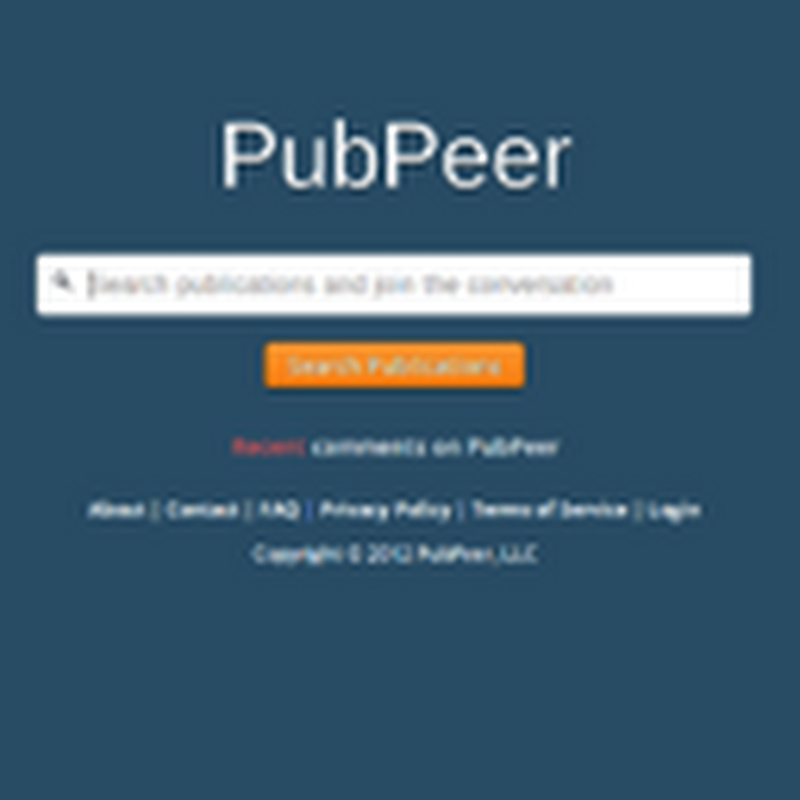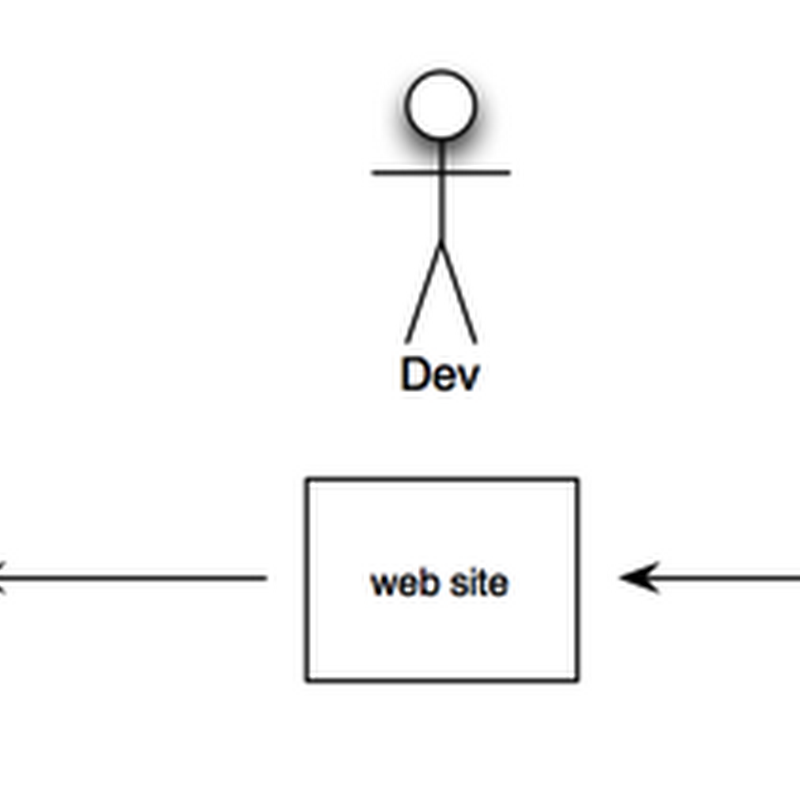
PubPeer is a web site where people can discuss published articles, anonymously if they prefer. I finally got a chance to play with it a few days, it it was a fascinating experience. You simply type in the DOI or PMID for an article and see if anyone has said anything about that article.






